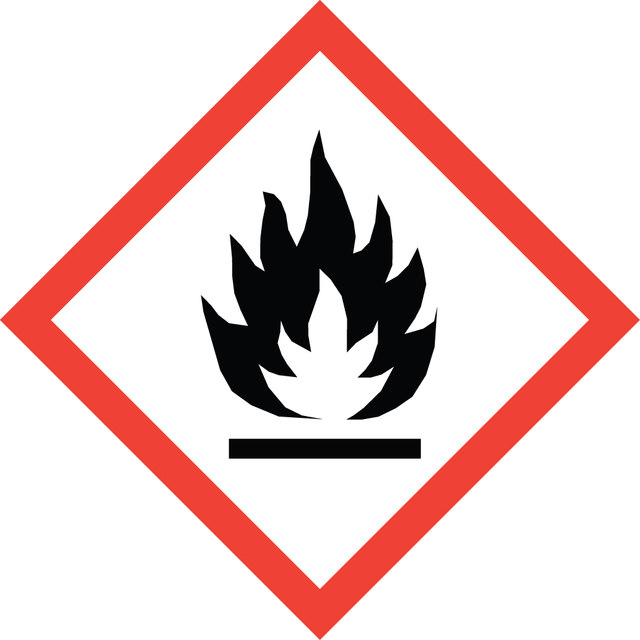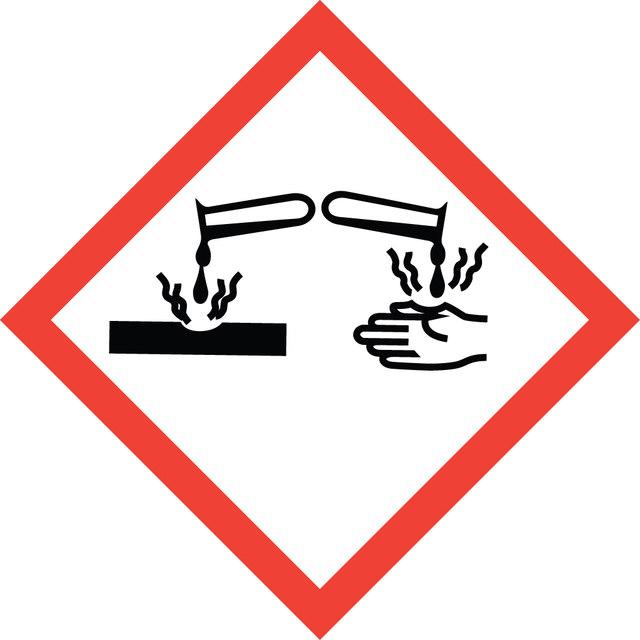710369
Bis(2-furyl)phosphine chloride
85%
Synonym(s):
Di-2-furanylphosphinous chloride
About This Item
Recommended Products
Assay
85%
form
liquid
reaction suitability
reaction type: Buchwald-Hartwig Cross Coupling Reaction
reaction type: Heck Reaction
reaction type: Hiyama Coupling
reaction type: Negishi Coupling
reaction type: Sonogashira Coupling
reaction type: Stille Coupling
reaction type: Suzuki-Miyaura Coupling
reagent type: ligand
refractive index
n20/D 1.593
density
1.287 g/mL at 25 °C
functional group
phosphine
SMILES string
ClP(c1ccco1)c2ccco2
InChI
1S/C8H6ClO2P/c9-12(7-3-1-5-10-7)8-4-2-6-11-8/h1-6H
InChI key
IYEUYNXDXNWPJI-UHFFFAOYSA-N
Application
- Centrostereogenic 1,3-bidentate ferrocenyldiphosphane ligands
- Ferrocene-based chiral diphosphine
- Phosphine containing amino acids
Reactant for:
- α-Arylation of aldehydes
- Stereoselective [2,3] sigmatropic rearrangement of acyclic allylic phosphinites
- Hydrophosphination of functionalized alkenes
Signal Word
Danger
Hazard Statements
Precautionary Statements
Hazard Classifications
Skin Corr. 1B - Water-react 2
Storage Class Code
4.3 - Hazardous materials which set free flammable gases upon contact with water
WGK
WGK 3
Flash Point(F)
Not applicable
Flash Point(C)
Not applicable
Choose from one of the most recent versions:
Already Own This Product?
Find documentation for the products that you have recently purchased in the Document Library.
Our team of scientists has experience in all areas of research including Life Science, Material Science, Chemical Synthesis, Chromatography, Analytical and many others.
Contact Technical Service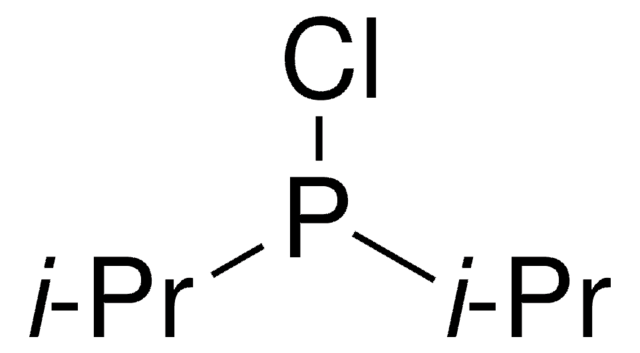
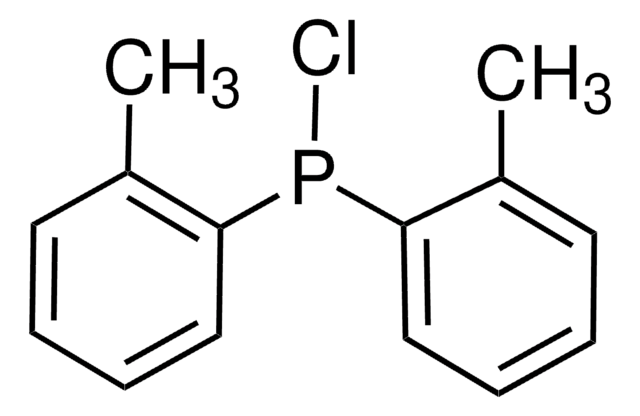
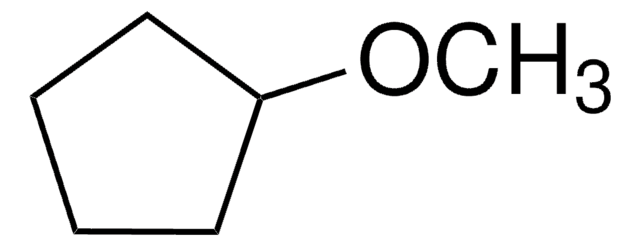
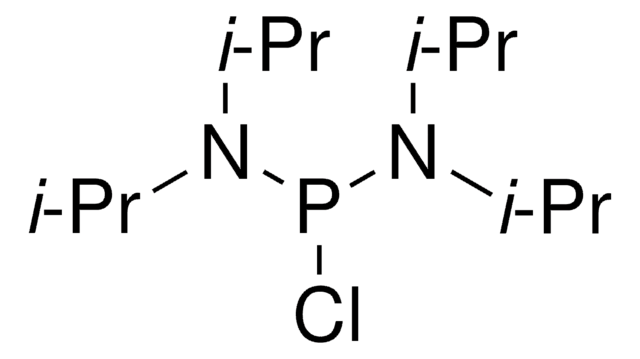
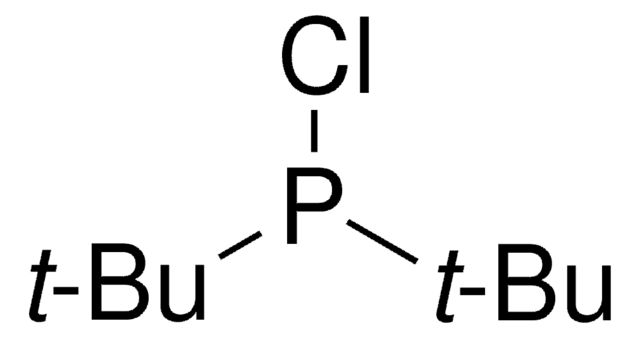
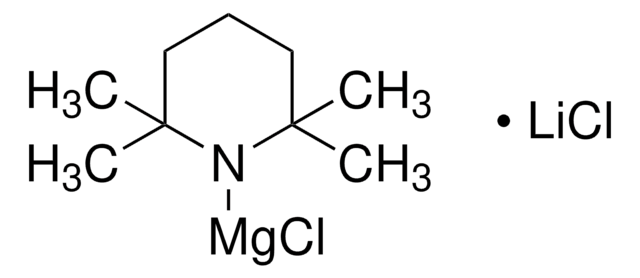
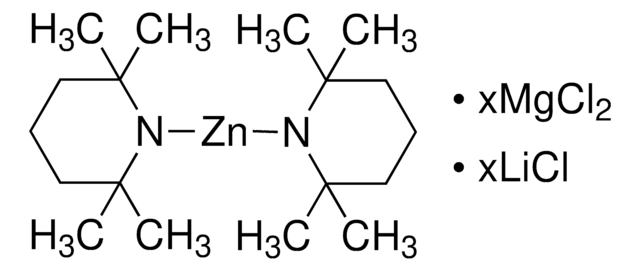
![[1,2-Bis(diphenylphosphino)ethane]dichloronickel(II)](/deepweb/assets/sigmaaldrich/product/structures/707/956/483e7a6e-5fb5-4e39-abd1-ecf33ccab3cf/640/483e7a6e-5fb5-4e39-abd1-ecf33ccab3cf.png)

